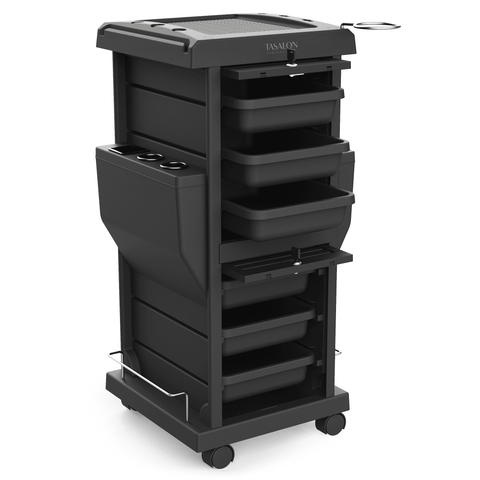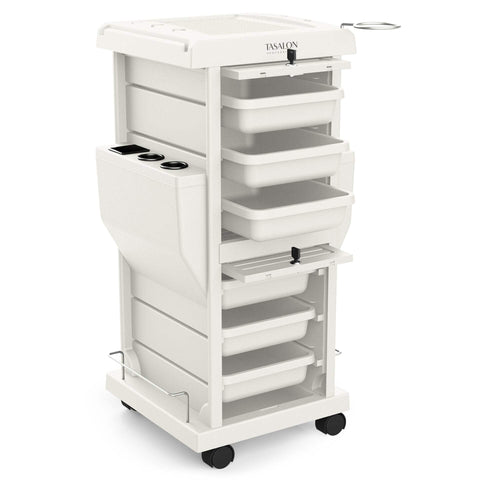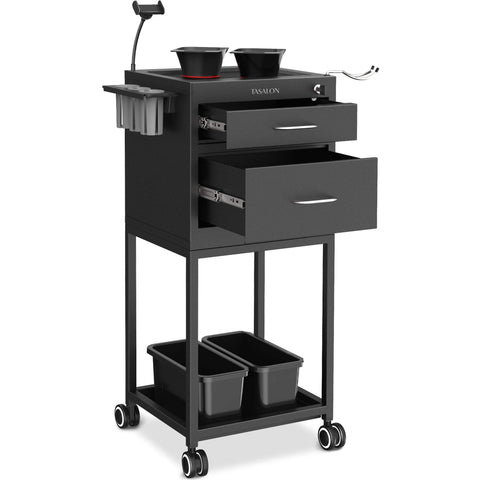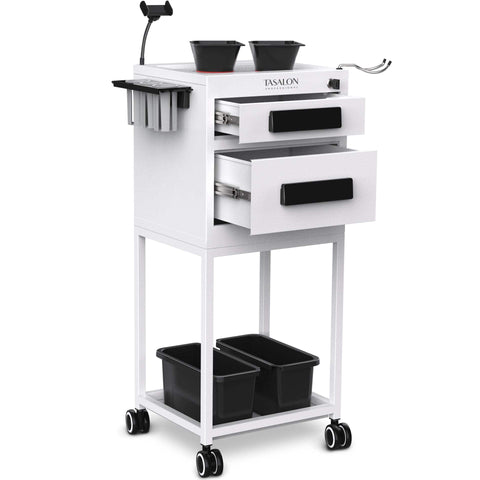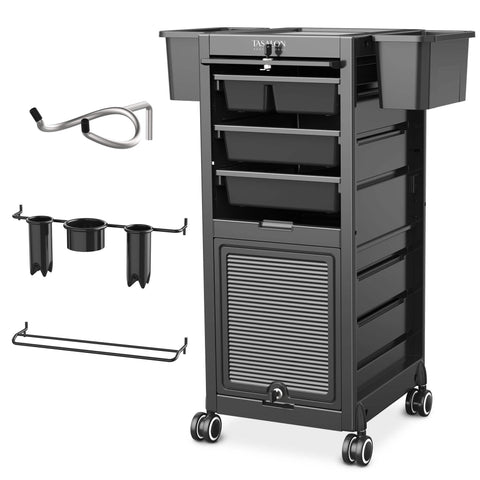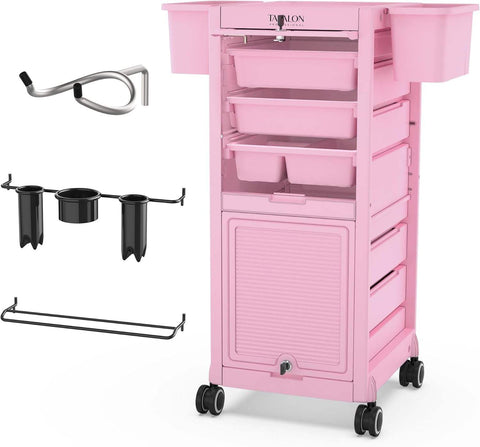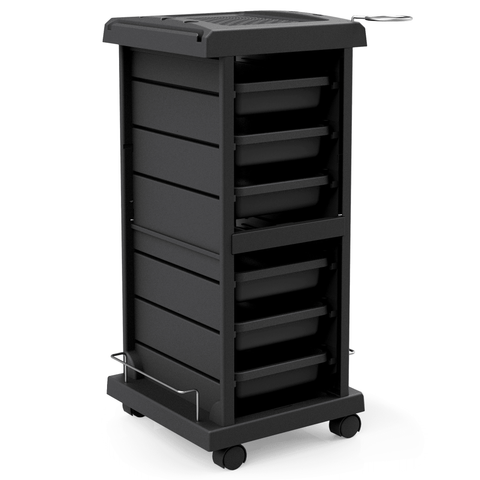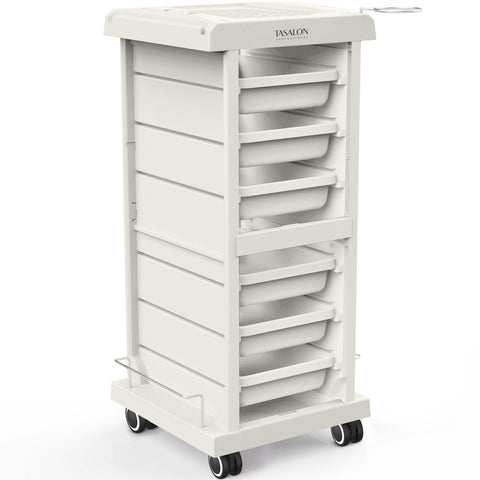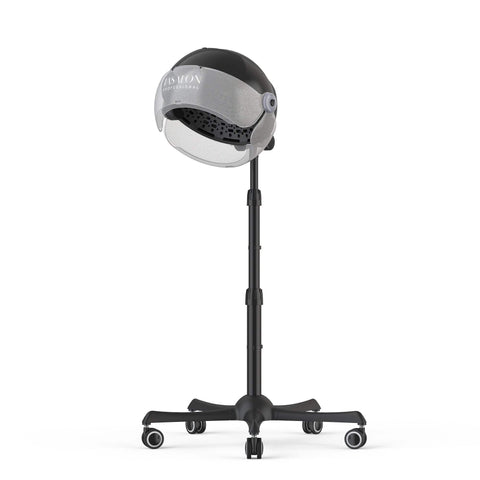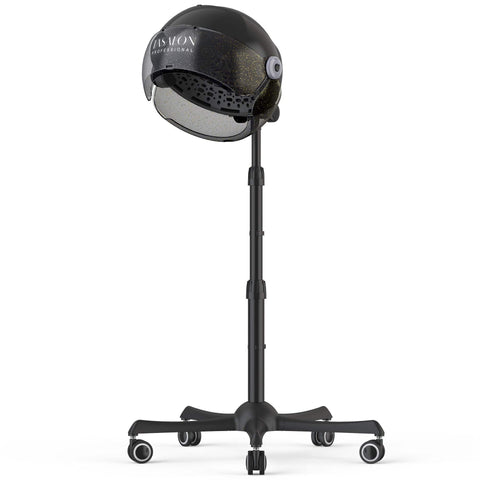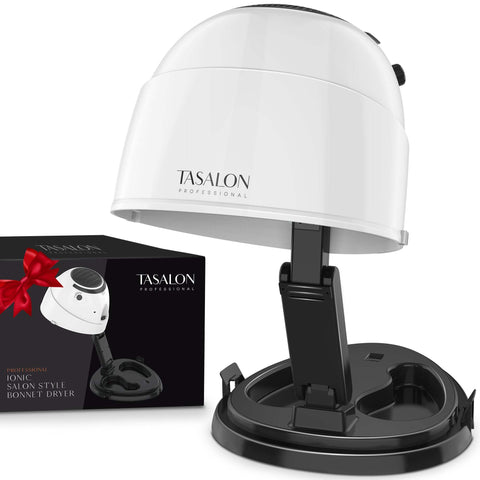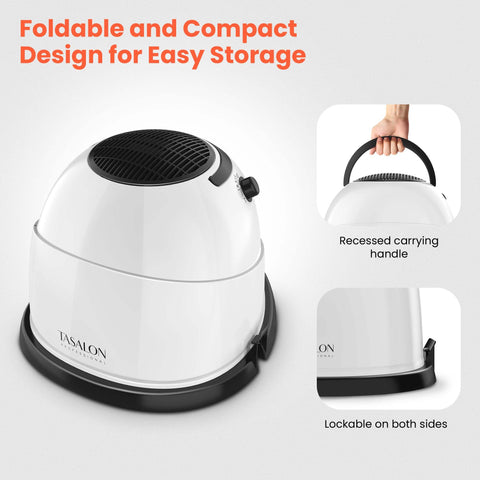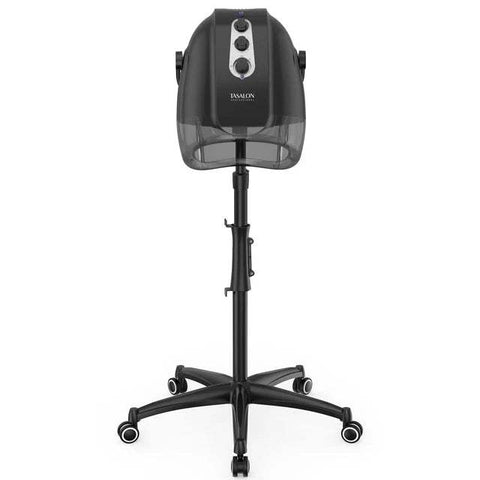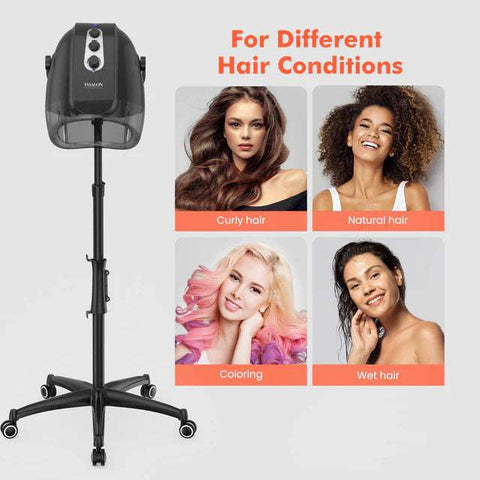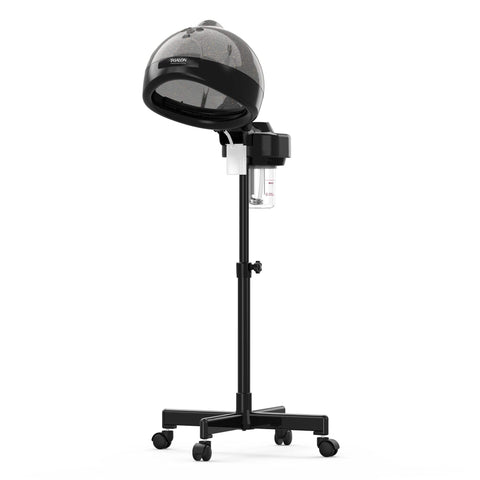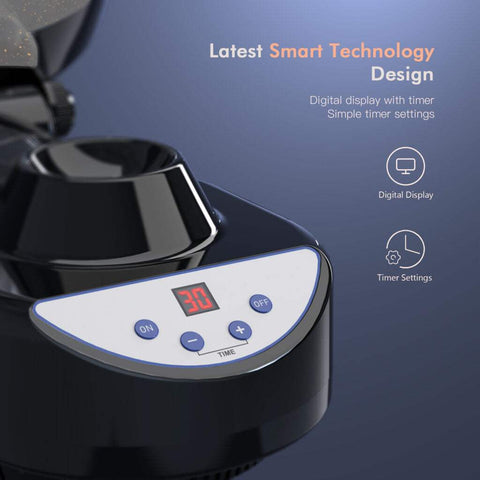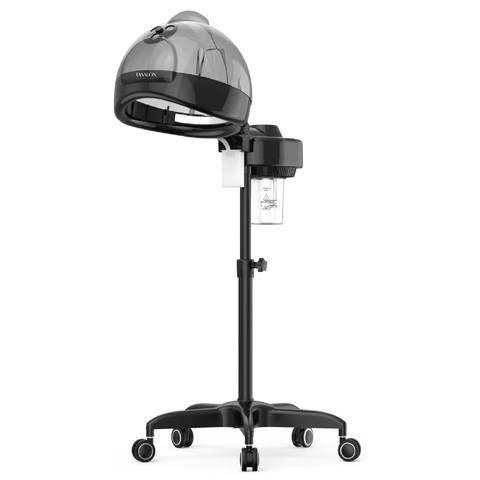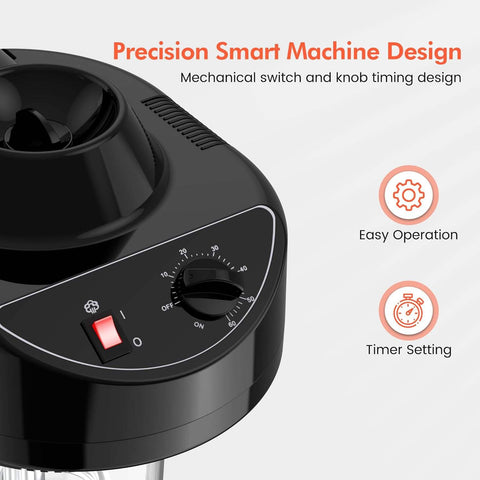Discover the various names and functions of products commonly found in barber shops. From combs to electric push shears, explore the essential tools used in hairdressing and their purposes. Enhance your knowledge of barbering equipment for a better salon experience.
Scissors that Cut Your Hair: Unveiling Their Names
- Regular Scissors: This type of scissor resembles an iron column folded in half, with a pair of blades at the tip. It is commonly used in female haircuts, often referred to as U-shaped scissors due to foreign influences. In some regions, nail scissors are also referred to as regular scissors due to their similar appearance.
- Tooth Scissors: Tooth scissors, also known as haircuts, press shears, or brush scissors, are a popular tool among barbers. These specialized scissors improve cutting speed, reduce labor intensity, and shorten the time required for a haircut. Barbers typically use a combination of flat scissors and tooth scissors, varying in size and models.
Machine for Pushing Hair: Unveiling the Names
- Electric Push Shears: These shears consist of fixed and movable push teeth, an adjusting handle, a shell, and electrical components powered by electricity, usually alternating current. Taiyuan, Shanxi Province reported a 90% qualified rate for electric push shears during spot checks.
- Electric Push Scissors: Specifically designed for shaving heads, electric push scissors are common hairdressing tools available in plug-in and rechargeable variants. They consist of a shell, an adjusting handle, and internal electrical components. The key components include fixed and movable push teeth.
- Electric Push and Scissors: Combining an electric push shear with a vacuum cleaner, this haircutting tool incorporates a suction pipe hole, power feed line, and sliding switch. When activated, both the vacuum cleaner and electric push shears receive power simultaneously.
- Electric Fader or Hairdresser: Electric faders are available for purchase on platforms like Taobao and JD.com. These devices can be either wired or rechargeable, offering flexibility for various needs.


